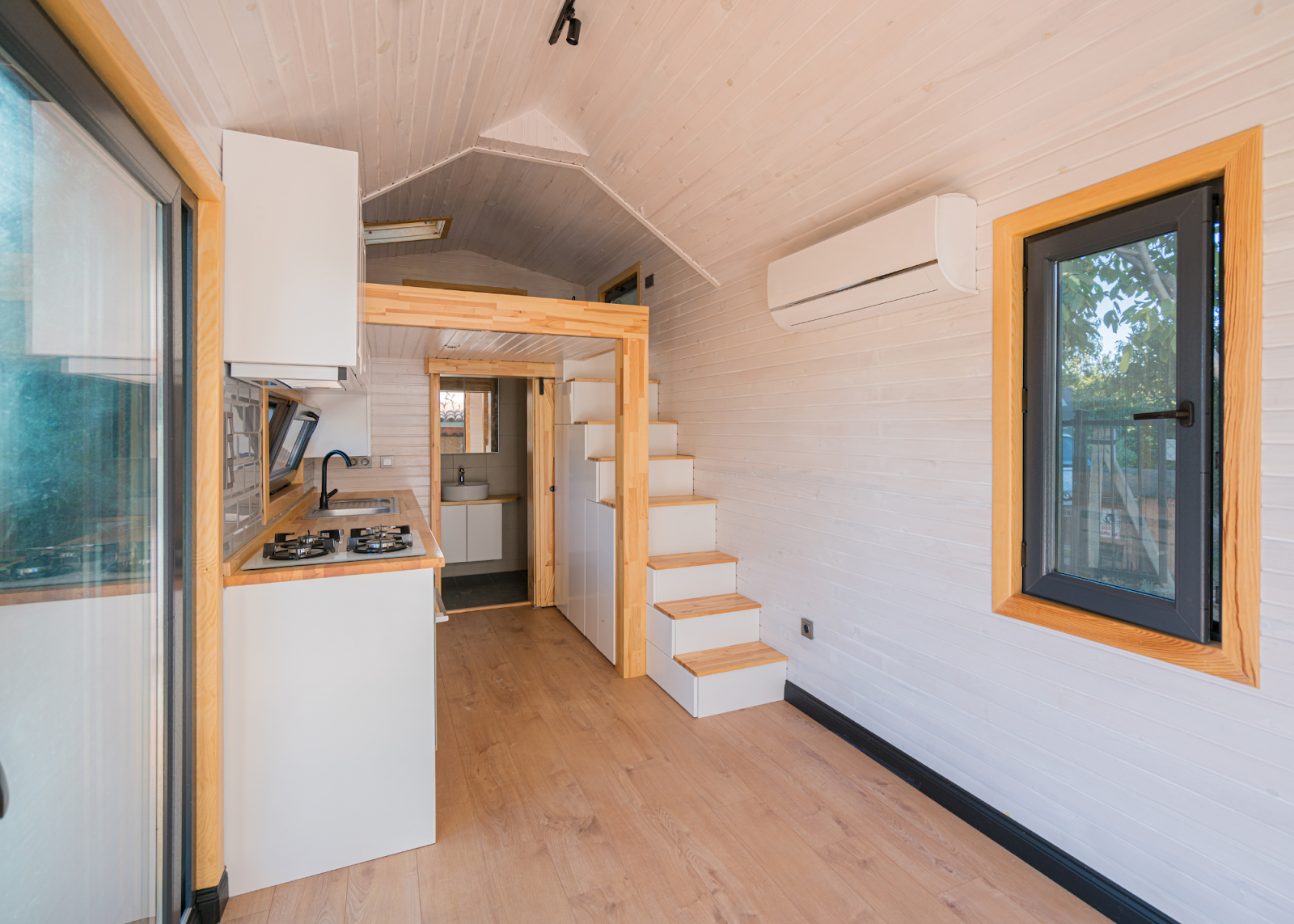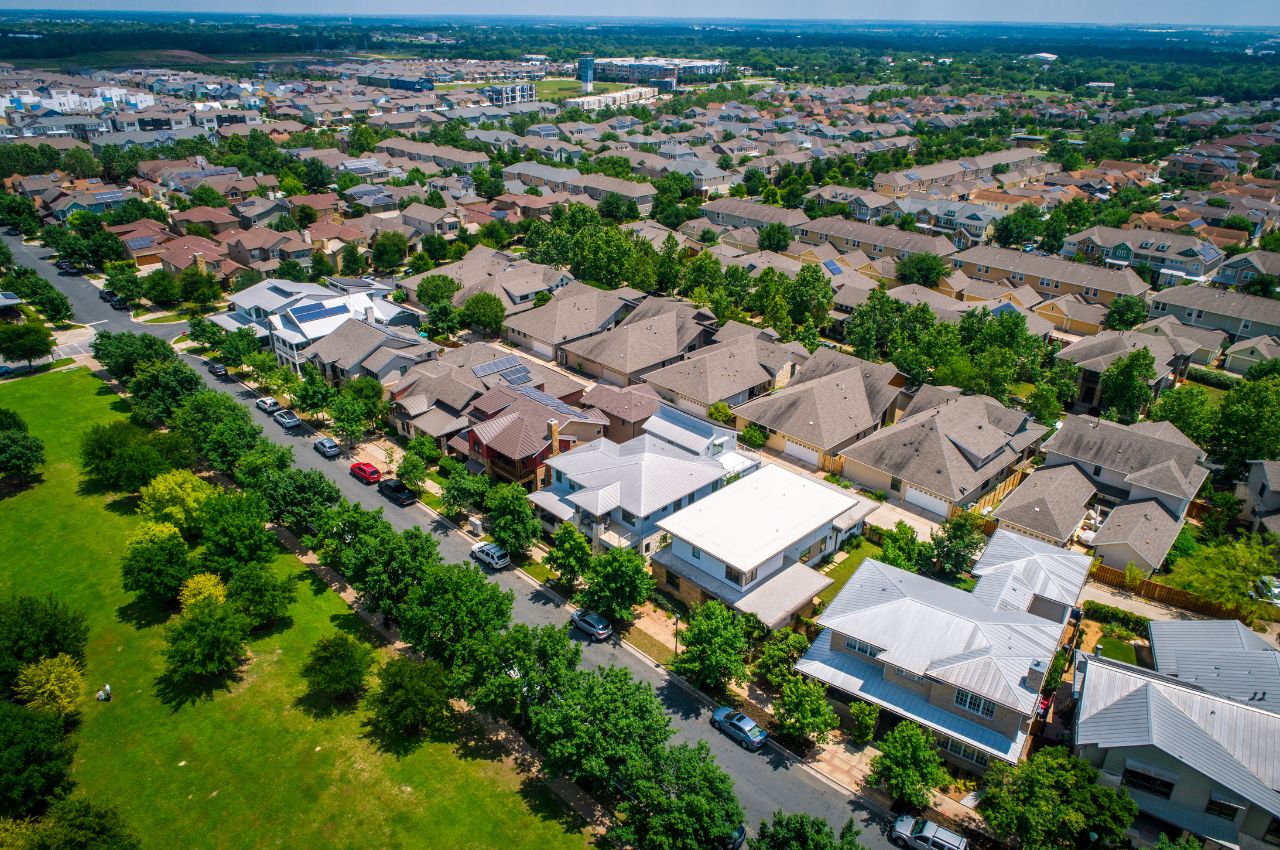Housing Market Remains Resilient Amid Tight Inventory and Rising Prices
In a striking turn of events, not a single major American city has witnessed a drop in housing prices for nearly two years—a rare occurrence. This marks a notable shift in the housing landscape, shaped by a chronic shortage of available homes and steadily rising mortgage rates.
As we closed April 2024, data from the last four weeks showed that across the 50 largest U.S. metro areas, median home-sale prices have either climbed or held steady compared to last year. Such a uniform rise or stability in prices hasn’t been observed since July 2022, highlighting a robust and increasing demand in the housing market. The national median sale price has now soared to $383,188, a jump of 4.8% from the previous year, inching ever closer to breaking records.
Factors Fueling the Persistent Price Increases
The upward trend in housing prices is reflected across various metros, with significant increases noted in both affluent and more affordable areas. For instance, Anaheim, CA, witnessed a staggering 20% increase in home prices over the past year, leading the pack. It was closely followed by other cities like Detroit, MI, with a 14.9% rise; San Jose, CA, at 13.6%; West Palm Beach, FL, with 13.4%; and New Brunswick, NJ, at 12.8%. Conversely, Texas and Florida metros like Dallas, Austin, San Antonio, Fort Worth, and Tampa saw the smallest price increases, with Dallas remaining unchanged and others experiencing marginal growth.
Contributing to the rising home prices is the significantly low inventory level. Although new listings saw a 15% year-over-year increase, they are still substantially below typical levels for April. This shortage of new listings is the most acute since the records of 2020 and 2023, with the so-called ‘Easter effect’ further skewing this year’s data due to the holiday’s timing.
This tight inventory is compounded by economic uncertainties, which have homeowners wary of listing their properties. Many anticipate that interest rates will remain high for an extended period, potentially exacerbating the mortgage-rate lock-in effect where current homeowners are dissuaded from selling due to the prospect of higher rates on a new mortgage.
Meanwhile, the demand for homes, though somewhat dampened by the increasing mortgage rates, remains robust enough to keep the market competitive. Reports from Redfin agents indicate a cooling in buyer interest as mortgage rates climb, with mortgage-purchase applications slightly down by 2% week over week. Despite this, the Homebuyer Demand Index from Redfin, which tracks requests for tours and other services, is up 3% from a month ago and remains near its peak since August.
Recent developments from the Federal Reserve have also played a role in shaping the housing market dynamics. At their May 1 meeting, the Fed opted to keep interest rates steady, maintaining a cautious approach towards future rate cuts. According to Chen Zhao, Redfin’s Economic Research Lead, while the Fed’s decision might not lower mortgage rates, it fortunately prevents further increases, which could have escalated if rate cuts for 2024 were dismissed entirely.
As it stands, with housing costs expected to stay elevated and inventory low, prospective buyers who can navigate today’s financial landscape might find it advantageous to act swiftly. Despite the challenges, the current market conditions suggest that prices are unlikely to decrease anytime soon, making any available properties precious commodities in this tight market.














































































































































































































































































































